#muslin
Explore tagged Tumblr posts
Text



A dress made of cotton muslin, gilded metal thread and Indian jewel beetles (sternocera aeqisignata), Britain, 1868-1869 CE. Over 5000 beetle wings or parts of wings were used to decorate this dress.
Now housed at the Victoria and Albert Museum in London.
#reddit#artefactporn#fuckoff555#dress#clothing#fashion#cotton#muslin#gilded metal thread#indian jewel beetles#sternocera aeqisignata#britain#1860s#1800#1868-1869#beetle#wings#victoria and albert museum#green#insects#bugs#british
5K notes
·
View notes
Text


Muslin dress with silk taffeta embroidered with silver, American (possibly), 1795-1800
From the Museum at FIT
#dress#muslin#fashion#fashion history#history#american#1795#1800#1790s#1800s#1700s#18th century#19th century#georgian#embroidery
765 notes
·
View notes
Text







look for the name MARY GRACE (requested by @ratsandfashion) | enfants riches déprimés layered muslin baby doll dress w/ red text embroidery along skirt (s/s 2o22), brokenheirlooms (on etsy) handmade black onyx bead and blood red glass bead garnet rosary necklace w/ antique doll inside sacred heart pendant, dark tales "floating candles" limited halloween edition eau de parfum (frankincense, linen, candlewax, amber, violet, moss, vanilla), antique victorian-era lace-up black leather heeled boots, antique prayer book w/ gilded page edges and side lock (locking mechanism is missing) (c. 191o's), antique cilice and fabric belt choker (instrument of penance) (18th cent.)
#mary grace#name#ratsandfashion#request#outfit#enfants riches déprimés#dress#muslin#brokenheirlooms#jewellry#rosary#antique#vintage#retro#etsy#handmade#boots#footwear#edp#perfume#dark tales#prayer book#cilice#penance#religious#christian iconography#queue
203 notes
·
View notes
Text
Assalamu alaykum wa rahmatu Allah.
I ask you to kindly spare a second of your time to remember me in one of your kind du’as may Allah bless you, ask Allah to grant us safety and peace of mind and heart, to cure our ill hearts and replace every worry in them with tranquility and gratitude with His decree. Perhaps the angels say ameen to your du’as, and perhaps Allah accepts them. And remember that what you ask for others, will be returned to you bi’thnillah, so be generous with us may Allah reward you with the blessing of seeing His beautiful face!
77 notes
·
View notes
Text
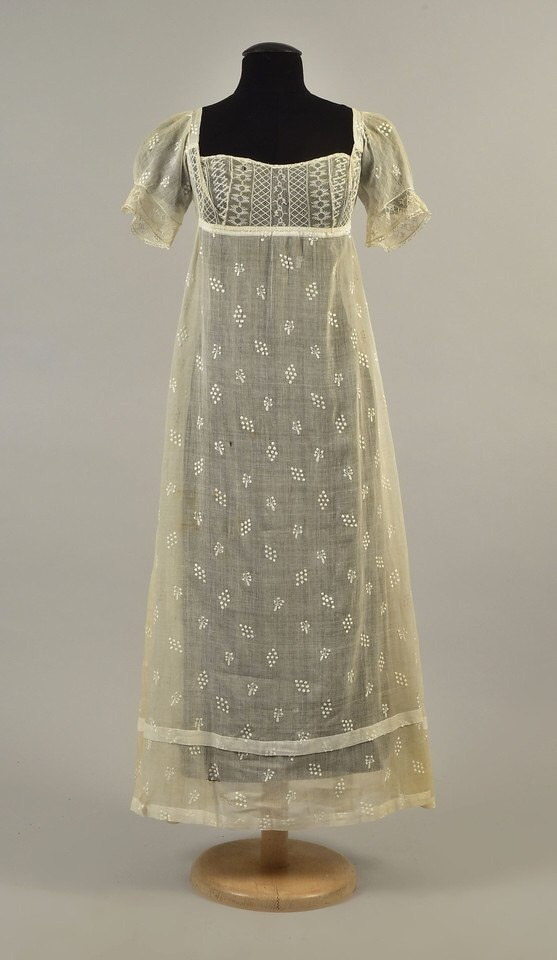

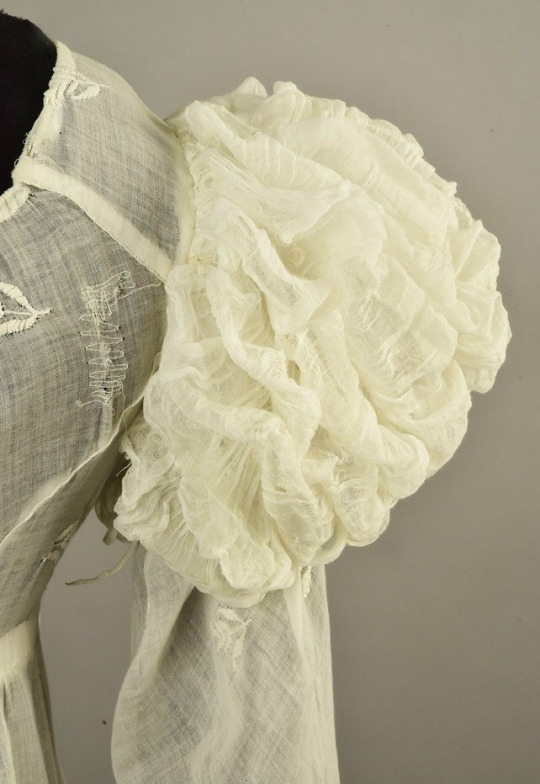
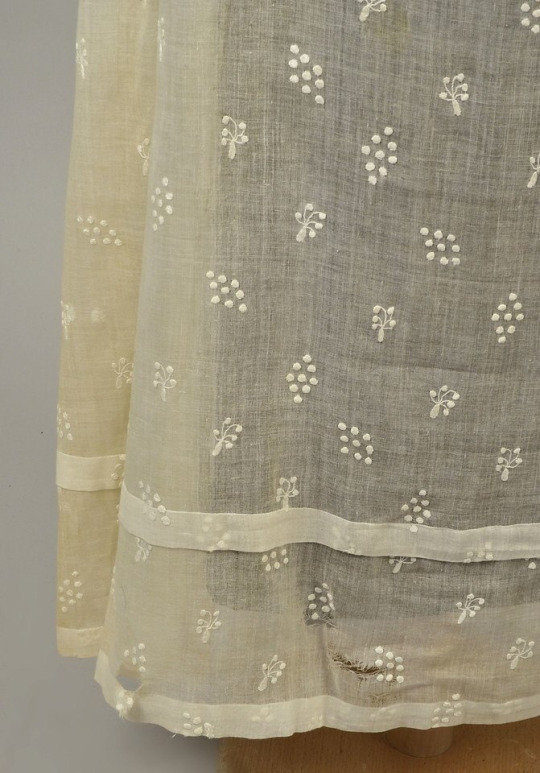

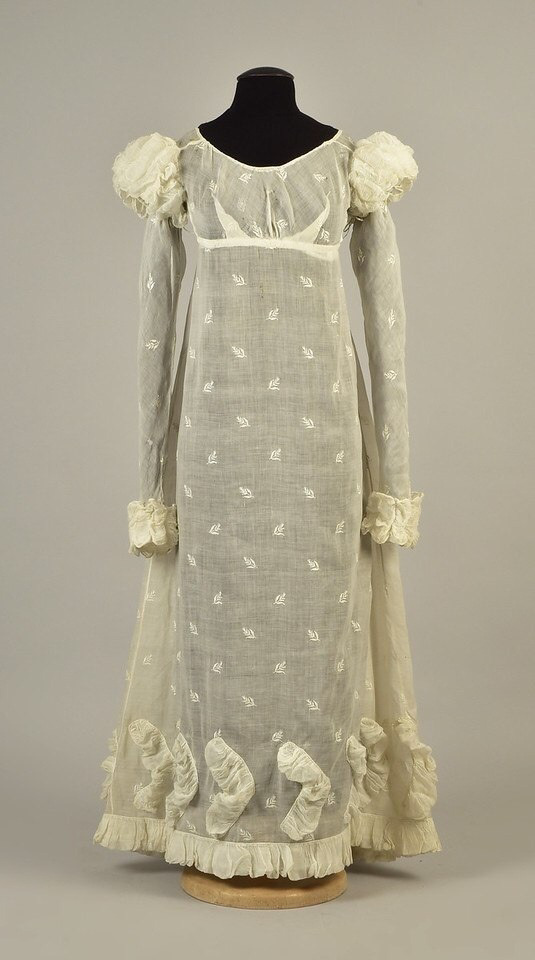
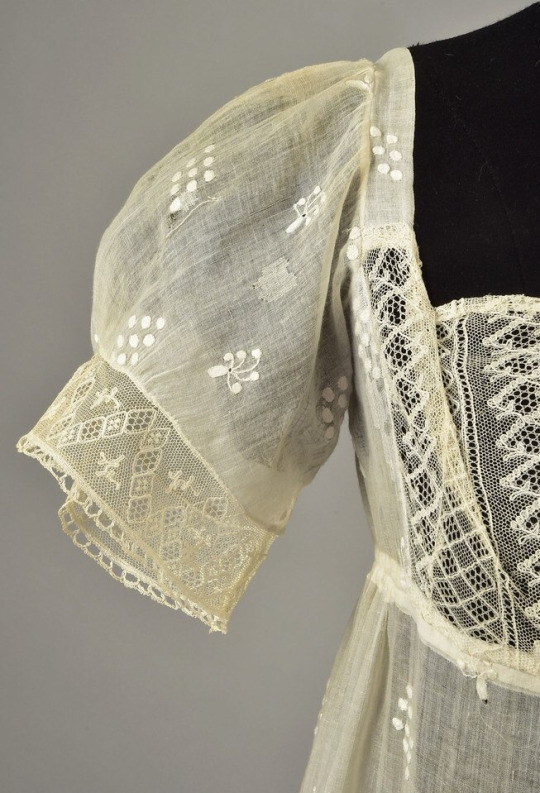
𝙻𝚘𝚟𝚎 🤍
𝚃𝚠𝚘 𝚖𝚞𝚜𝚕𝚒𝚗 𝚍𝚛𝚎𝚜𝚜𝚎𝚜 𝚍𝚎𝚌𝚘𝚛𝚊𝚝𝚎𝚍 𝚠𝚒𝚝𝚑 𝚎𝚖𝚋𝚛𝚘𝚒𝚍𝚎𝚛𝚢, 1808 𝚊𝚗𝚍 1815
#fashion #fashiongram #fashionable #fashionphotography #fashionlover #fashionart #fashionaddict #fashionphotographer #fashionpost #fashionshoot #fashionlove #fashionlovers #fashioneditoral #editoral #catwalk @bixlasagna
𝙵𝚊𝚋𝚕𝚎𝚜 & 𝙵𝚊𝚒𝚛𝚢𝚝𝚊𝚕𝚎𝚜 - 𝙳𝚎𝚗𝚒𝚣 𝙺𝚞𝚛𝚝𝚎𝚕 𝚁𝚎𝚖𝚒𝚡 𝚋𝚢 𝙽/𝚊, 𝚁𝚘𝚜𝚒𝚗𝚊 ✨

#l o v e#hand made#nostalgia#take me there for one day#muslim#muslin#dresses#3/2024#feminism#magick#muslin dresses#embroidery#1808#19th century#vintage#vintage fashion#art history#orient#oriental#1815#aesthetic#x-heesy#now playing#music and art#vintage dress#chic#fashion#we Need magick#arabic
363 notes
·
View notes
Text
Ele só queria estar mais perto de Allah 🐱☪️
32 notes
·
View notes
Text
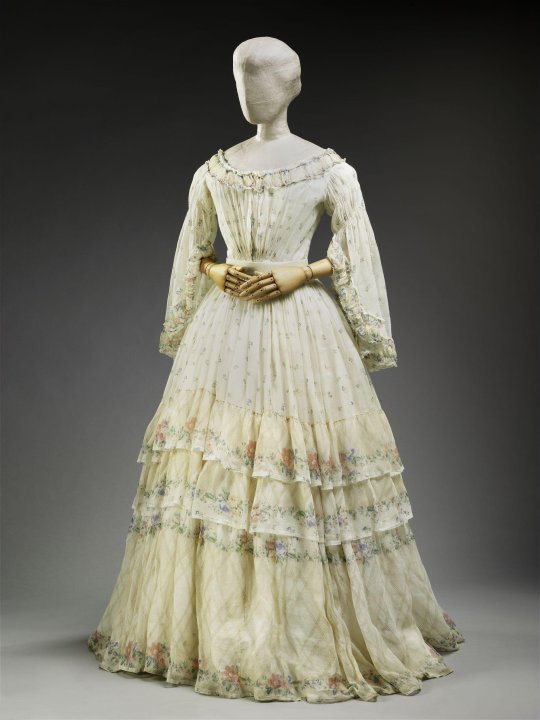
Muslin, that diaphanous cotton of India, is steeped in a bleak history of colonialism, Imperialism, and human atrocity. That's a way to start a Monday, isn't it? But that's the thing about fashion history.
Looking at a gown like this, which dates from the late 1840s, it's easy to get lost in the beauty: the pattern, the layers, the absolute Romantic gorgeousness.
It is, undoubtedly, a work of art, making use of that thin, breathable fabric, with delicate ruching, a genius use of pattern, and a shape that's reminiscent of the 18th century.
The demand for muslin fabric was immense, bolstered by the impact of the British East India Company, beginning in the 18th century. The finest muslins were from the Dhaka region and 2000 thread count *made by hand*. Starting with Marie Antoinette and her famous chemise a la reine, the craze for muslin among the elites of Europe came at a devastating cost--eventually contributing to the loss of the art and the death of millions of people in the regions.
Because once Europeans figured out how to manufacture muslin on their own (as they did with silk, paisley, pashminas, etc) they stopped all trade with India.
And of course, the great irony is that Europeans didn't just take the art and design, but directly appropriated patterns, styles, and more. There's a reason "question beauty relentlessly" is the Thread Talk motto. Lots more info on the subject over at my blog.
© Victoria and Albert Museum, London
#threadtalk#historical costuming#silk dress#textiles#fashion history#costume#costume history#history of fashion#muslin#textiles of india
625 notes
·
View notes
Text
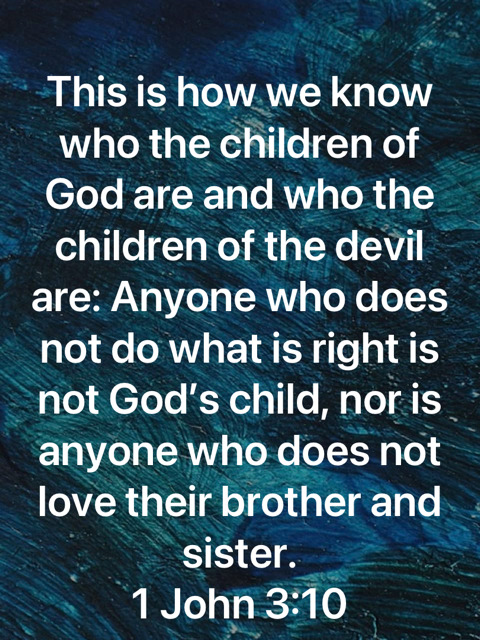
#christianity#faith in jesus#gospel#jesuschrist#christian living#jesús góspel jesus#black lives matter#toonami#rwby#shameless#jesusisgod#jesusislord#jesussaves#jesus cristo#jesús#jesus is coming#chude jest piękne#jews for palestine#palestinos#jews against israel#queer jews#jesus#muslim#muslin
86 notes
·
View notes
Text

White Muslin Round Gown, Italian, 1795
From the Kyoto Costume Institute
444 notes
·
View notes
Text

Fresh out the shower with wet hair 👅
168 notes
·
View notes
Text
Morning and Evening Adhkār✨
Adhkār are said to protect from evil, envy, magic, and the evil eye.They are said to act as a shield around the reciter.
#early morning#evening#remember#allah#remembrance#protection#evil#envy#islamic#holy quran#prophet muhammad#deenoverdunya#namaz#islam#zakat#muhammad#hadith#quran recitation#quran kareem#allahswt#prophet#prophet muhammed pbuh#muslim ummah#muslim#makkah#allahuakbar#allahﷻ#muslin#all eyes on palestine#save palestine
22 notes
·
View notes
Text

#black community#original photographers#black people#artwork#graphic design#black art#black power#black culture#black family#black history#muslin#muslim#black woman#black man#black love#black relationships
20 notes
·
View notes
Text
We all have pains and aches which no one knows other than Allah and the best part about is Allah heals that pain
#islam#quranandsunnah#islam help#islamic#islamicpost#quranquotes#al quran#islamdaily#islamislove#convert to islam#muslim revert#muslim ummah#muslim women#muslin#muslimah#muslim#muslim americans#ukmuslims
40 notes
·
View notes
Text

cyanotype animation, fuse 2024
84 notes
·
View notes
Text
Righteousness is not in turning your faces towards the east or the west. Rather, the righteous are those who believe in Allah, the Last Day, the angels, the Books, and the prophets; who give charity out of their cherished wealth to relatives, orphans, the poor, needy travellers,
beggars, and for freeing captives; who establish prayer, pay zakah, and keep the pledges they make; and who are patient in times of suffering, adversity, and in the heat of battle. It is they who are true in faith, and it is they who are mindful of Allah.
[Surah al-Baqarah, Verse 177]
#islam#quote#allah#hijab#knowledge#inspirational quotes#islamicadvice#islam4 life#jilbab#la ilaha illa allah#quran online#quran kareem#quranic#holy quran#quran#quraan#muslim revert#muslim#muslim reminder#muslimah#deenbot#deenislam#deenoverdunya#deen#moroccan#morocco#muslin
37 notes
·
View notes

